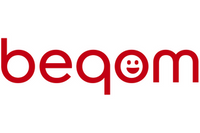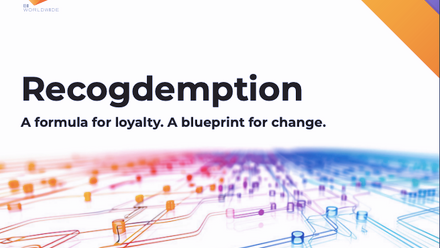The importance of technology for reward and compensation management

Professor Pankaj Madhani from the Institute of Chartered Financial Analysts of India (ICFAI) Business School wrote the study Aligning Compensation Systems With Organization Culture (2014), which investigates the importance of aligning compensation management with organisational culture to generate strategic advantage. Madhani states that:
“The organisation culture can be shaped by the type of compensation system used and the kinds of behaviours and outcomes the organisation chooses to reward and punish… Depending on how the compensation system is designed, developed, communicated and managed, it can positively or negatively influence an organisation’s culture.”
When companies are small, managing the compensation model of a few employees can be done manually. As companies grow, compensation management becomes a strategic element in accomplishing competitive objectives and attempts to manage compensation manually can be disastrous.
The need for technology
Employee compensation is a business activity with constantly moving parts. Trying to manage these moving parts manually wastes a great deal of time inside the HR function. Compensation needs to be managed across different countries, different regions within the country and within job roles. At the same time, employees are being hired, promoted, questioning their pay and serving their resignations. Each of these activities should receive a review of compensation to ensure fair pay practices, fair promotional raises and intelligent decisions regarding counter-offers for resigning employees.
To perform due diligence for each of these activities in a manual environment will quickly overwhelm HR. To serve both the needs of the employees and the needs of the company for these compensation activities, the use of technology becomes compulsory.
Intelligent assessment of resignations
When an employee receives an offer of employment from another company, a manager’s first instinct may be to offer the employee a higher salary if they stay, especially if they are a top-performer for the company. Unfortunately, this sometimes assigns a salary to the employee that is out of line with other employees within the same job role. In this regard, the manager may be averting a perceived issue today but could be creating future issues of unfair pay complaints.
Using technology for compensation management allows the employee’s manager and HR to avoid instinctive decisions that can be costly for the company. The information stored in a compensation management system can quickly compare an employee’s salary to the rest of their team and colleagues. In addition, if the compensation system also stores each employee’s performance history, the manager and HR can quickly determine whether a counter-offer is justified and what the counter offer amount should be.
In today’s business world, equal pay for equal work has become such a huge issue for all companies that the use of technology to manage compensation can help keep companies out of the courts and out of negative media stories. Pay equity is a very visible issue with an average of 1,000 pay discrimination charges every year since 1997. Avoiding the fines associated with these charges can easily justify the purchase of such technology.
Strategic compensation decisions
When, where and how to adjust compensation is a strategic decision. Should you adjust all job roles equally to align with increases in inflationary rates? How should you adjust these values to reward top-performing employees? Will you need special adjustments to improve retention rates of specialized job roles? How will you align variable pay incentives to strategic goals?
Without the use of technology, aligning goals to compensation is incredibly challenging. In addition, HR will constantly be “correcting” employee compensation as employee pay bands become out of alignment with inflation and changes happen with worker demand. Resources in HR will be heavily consumed as compensation professionals spend their days “chasing market value” of employee pay and investigating an increasing number of employee pay complaints. With the use of compensation management technology, HR can stay ahead of moving market values, which will reduce the number of internal pay complaints. A reduced number of complaints frees up HR’s time to spend on strategic goals.
Increase efficiency of compensation management
Yearly pay planning with a manual process is time-intensive. It involves heavy use of spreadsheets, emailing of spreadsheets for review and constantly chasing “fair market value”. It’s very easy for this information to become out of date. Just as technology has increased the efficiency of business processes in many other business functions, the use of compensation management technology can free HR from many of the manual tasks it performs today.
Compensation personnel, freed from non-value-added tasks can then spend time on strategic compensation management for improved cultural and goal alignment.
This article is provided by beqom.
beqom is sponsoring REBA’s Innovation Day 2019. Join us on 28 November in central London to future-proof your reward and benefits strategy.
Supplied by REBA Associate Member, beqom
We provide a Total Compensation cloud solution addressing all aspects of compensation&performance.







